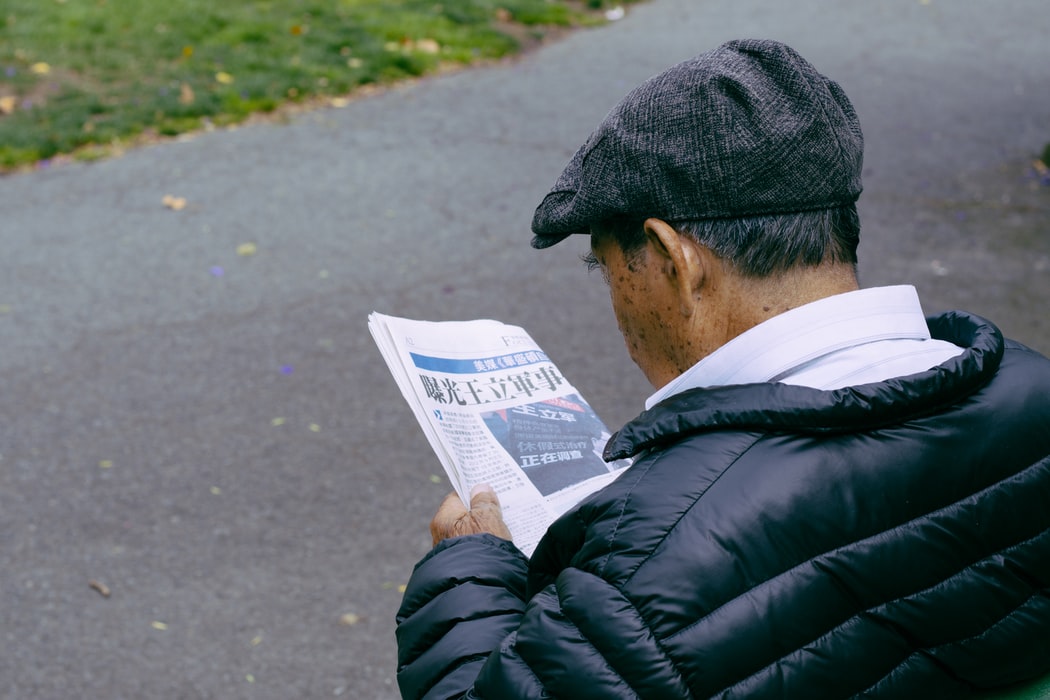
China posts high unemployment rates amidst coronavirus pandemic. Figures show that the world's second-largest economy is struggling to emerge from the crisis.
The urban unemployment rate in China increased from 5.9% in March to 6.0% in April, based on the data released by the National Bureau of Statistics on Friday.
“The pressure on employment is rather large,” bureau spokeswoman Liu Aihua said during a press conference.
Liu said that while monthly numbers for the overall economy indicate recovery, the country still faces challenges such as returning to work and the impact of the coronavirus abroad.
“Right now, the trajectory of economic development still requires observation, but ... based on the results of policies for resuming work and production, we have the confidence, ability and basis for extending the momentum of recovery and improvement.”
According to Liu, the bureau’s survey noted that at the end of April, the number of migrant workers who resumed work in the cities was at 90% of what it was a year ago.
Official data in early March suggested the going back to work for migrant workers from poor communities in the country was about half of what it was a year ago.
Moreover, over half of China extended the Lunar New Year holiday by at least a week. This decision aims to curb the spread of the coronavirus.
Reports of COVID-19 infections initially surfaced last year in the city of Wuhan. The coronavirus outbreak faded domestically while spreading overseas.
Data showed that COVID-19 already killed more than 302,000 people all over the world, including over 4,600 in China.
Unemployment rate
The unemployment rate in China soared by 6.2% in February, when the peak of the coronavirus outbreak took place in the country. Moreover, the rate has lingered near 5.5% for the last three months, particularly or the 25 to 59-year-old group.
In April, the average work-hours a week per employee dropped by 30 minutes to 44.3 hours.
“We think that pressure on employment will continue,” said Bruce Pang, head of macro and strategy research at China Renaissance. According to him, the factors that affect employment are as fewer new jobs caused by sluggish economic growth, low demand for Chinese exports, and huge number of graduates this year.
Another crucial factor is the dire situation of small and medium-sized enterprises during the crisis. Pang said that third-party business registration data reported the closure of 460,000 in the first quarter.
New types of work
Businesses and job hunters are adjusting to the current markets and consumer behavior. Last week, Alibaba’s logistics affiliate Cainiao announced that it received more than 1 million job applications for managers at 30,000 new package pick-up stations throughout the country.
Cainiao also mentioned plans for expanding their stations in March and diversify the services they offer.
He said that more than half of the managers who participated were individual entrepreneurs, household businesses and college students. The rest shifted from traditional courier businesses, convenience stores, and other grocery shops.
Transitions in the employment sector appears challenging. However, the Chinese government is working on programs to keep employment intact as it is important for political stability.
Officials stress that they will prioritize employment when it comes to discussing economic recovery at China’s key annual parliamentary meeting. The event will happen on May 22.
"The pressure from unemployment could be the main reason for stimulus escalation later this year,” Larry Hu, chief China economist at Macquarie, said in a note Friday.






